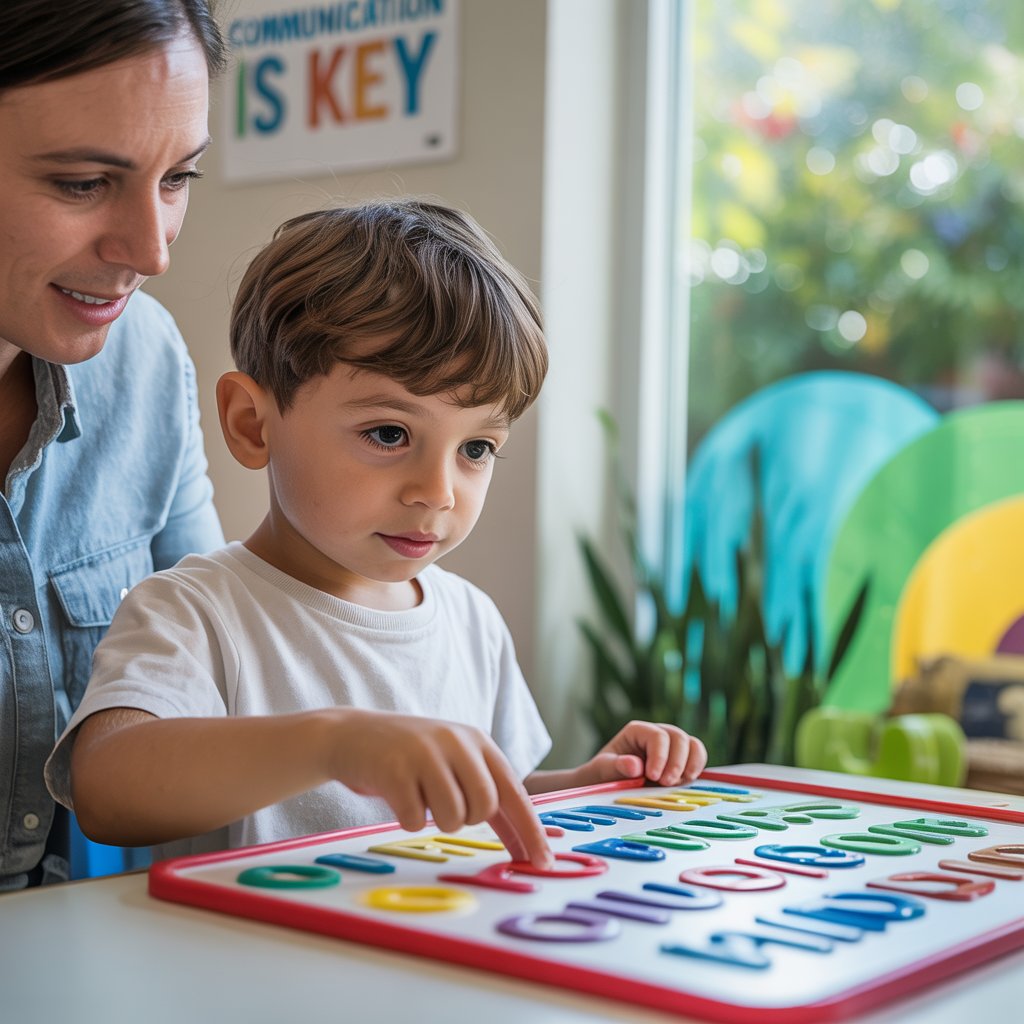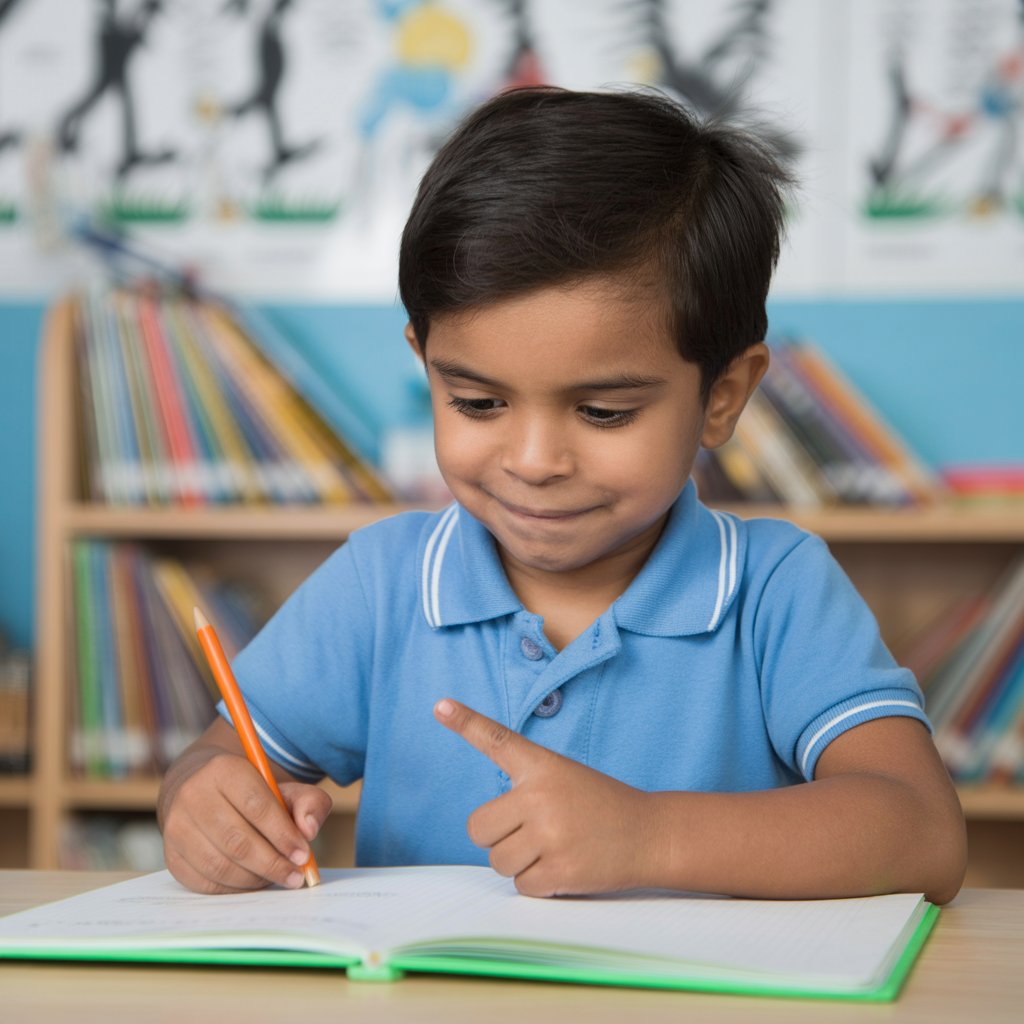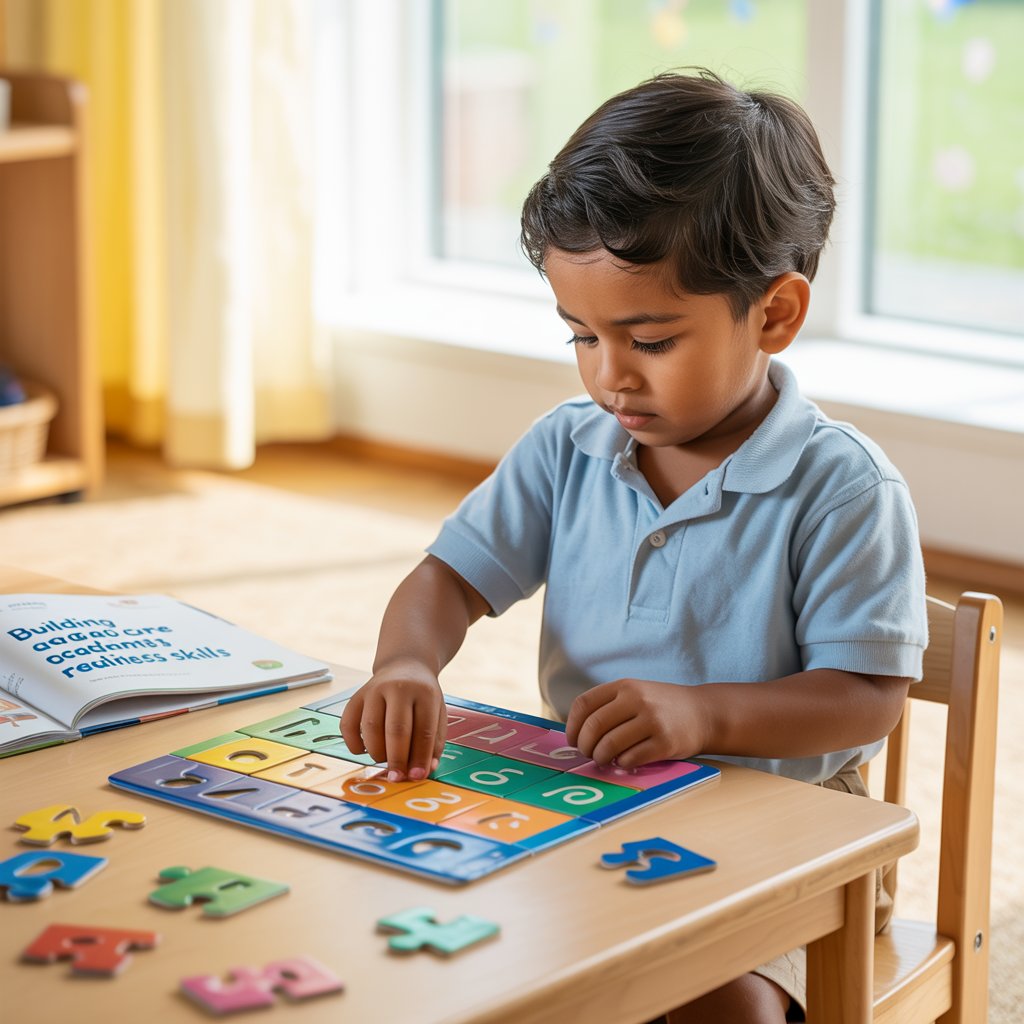Latest research on sensory processing in autism

The neuroscience world has been buzzing lately with groundbreaking discoveries about sensory processing in autism. Brain imaging studies from 2024 have revealed distinctive patterns in how autistic brains process sensory input. Scientists at MIT discovered that the thalamus—the brain's sensory gateway—functions differently in autistic individuals, potentially explaining why certain sounds, lights, or textures can be overwhelming.
What's really exciting? Researchers have finally identified specific neural pathways that contribute to sensory sensitivities. They've found that the balance between excitatory and inhibitory neural signals is often disrupted, making it harder for the brain to filter out unimportant sensory information.
A major 2025 study from UCLA tracked sensory processing in 500 autistic children over five years and found that sensory profiles often evolve with age—something parents have been saying for years but science is just catching up with.
Emerging therapeutic approaches
Gone are the days when sensory interventions were one-size-fits-all. The newest approaches are getting personal, and the results are impressive.
Sensory Integration Therapy 2.0 has evolved beyond basic swings and brushing protocols. Today's approaches combine traditional sensory integration with cognitive strategies, helping kids not just cope with sensory input but understand their unique sensory needs.
Mindfulness-based sensory training is showing remarkable success. A 2024 clinical trial demonstrated that teaching autistic kids mindfulness techniques specifically designed for sensory overload reduced meltdowns by 47%.
Personalized sensory diets are being reimagined with precision medicine approaches. Clinicians now map individual sensory profiles and design highly customized intervention plans that adapt as the child grows.
But here's what parents really want to know: these new approaches aren't just about managing symptoms—they're improving quality of life. Kids who receive these targeted interventions are reporting better sleep, reduced anxiety, and more successful social interactions.

Technology innovations for sensory support
Tech is transforming sensory intervention in ways we couldn't have imagined five years ago.
Smart clothing with embedded sensors can now detect rising stress levels before a sensory meltdown occurs. These wearables gently provide deep pressure or vibration when they sense physiological signs of distress—giving kids support before they even realize they need it.
Virtual reality environments allow safe practice with challenging sensory experiences. Kids can gradually build tolerance to overwhelming stimuli like crowded stores or loud concerts in controlled, adjustable settings.
Personalized sensory apps have gotten incredibly sophisticated. The top-rated ones now use AI to learn a child's specific triggers and preferences, then suggest real-time modifications to their environment.
Sound-filtering earbuds have come a long way from simple noise-cancelling headphones. The newest models can selectively filter specific frequencies that are problematic while allowing important sounds like voices to come through clearly.
Future directions in sensory processing interventions
The most promising frontier? Precision neuroscience approaches that target the specific neural mechanisms of sensory processing differences.
Early research on targeted neuromodulation techniques shows potential for adjusting sensory sensitivity at the neural level. While still experimental, these approaches could someday offer more permanent improvements in sensory processing.
Gene therapy research is exploring the genetic underpinnings of sensory processing disorders, with the goal of developing interventions that address root causes rather than just symptoms.
Community design is finally catching up too. Architects and urban planners are consulting with sensory experts to create autism-friendly spaces in schools, hospitals, and public buildings—environments that work for everyone's sensory needs.
The future looks bright for families navigating sensory processing challenges. With research, therapy, and technology all advancing rapidly, we're moving toward a world where sensory differences are better understood, supported, and even celebrated.
Sensory processing challenges represent a significant aspect of the autism experience, affecting how individuals perceive and respond to the world around them. By understanding the connection between autism and sensory processing disorder, recognizing the signs early, and implementing appropriate interventions, we can significantly improve quality of life for those affected. The journey from assessment to implementing effective therapies requires patience, consistency, and collaboration between families, educators, and healthcare professionals.
Creating sensory-friendly environments and routines isn't just beneficial—it's essential for supporting autistic individuals in their daily lives. As research continues to advance our understanding of sensory processing in autism, new approaches and technologies offer promising paths forward. Whether you're a parent, educator, or healthcare provider, remember that each person's sensory profile is unique, and the most effective support strategies are those tailored to individual needs and strengths.







